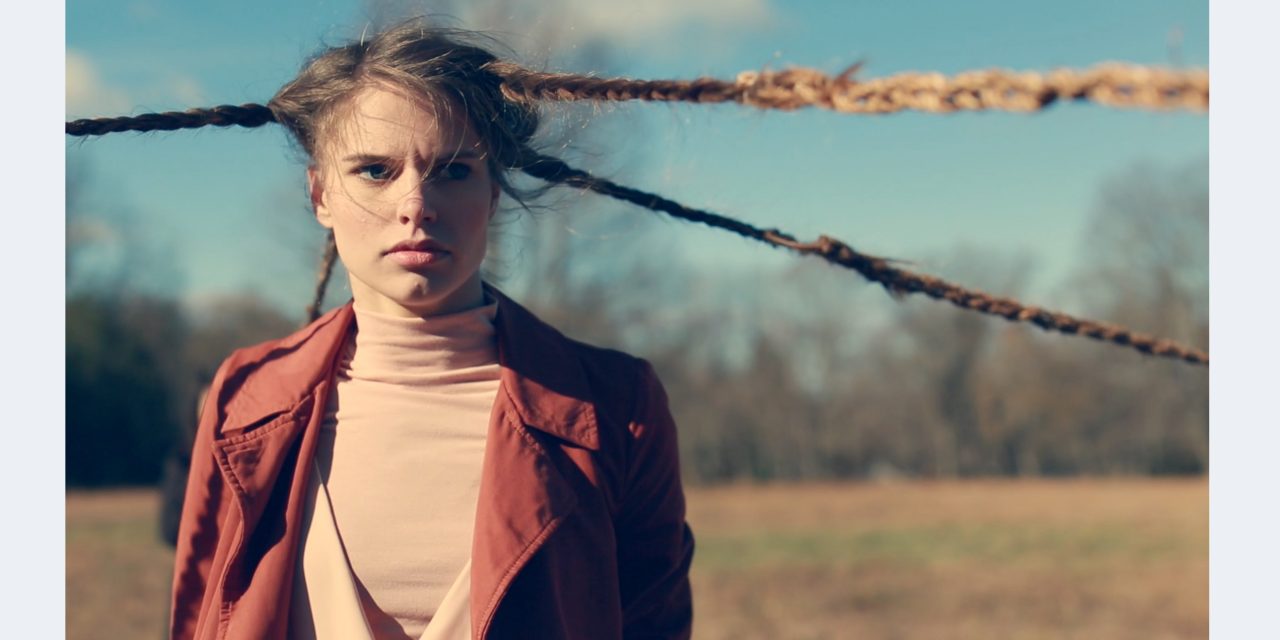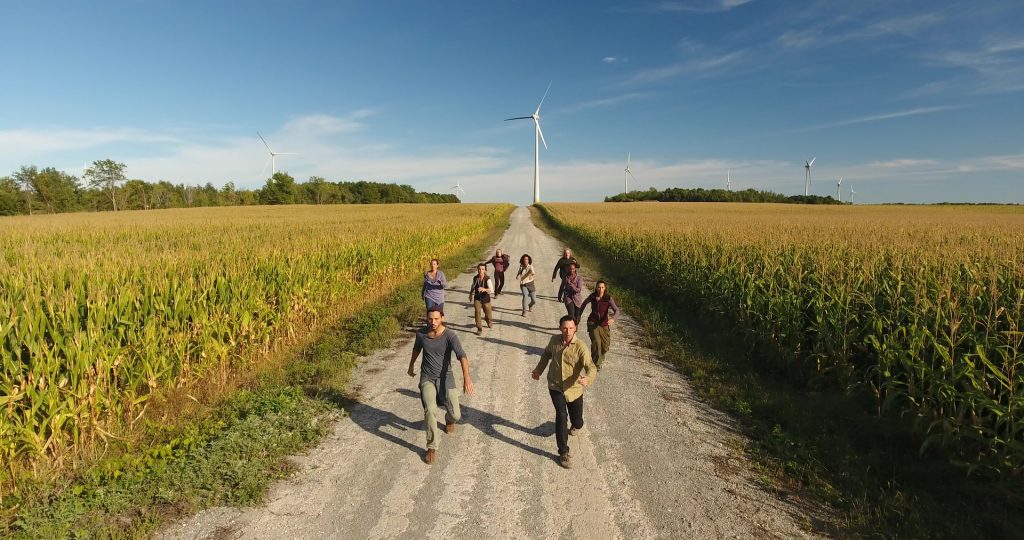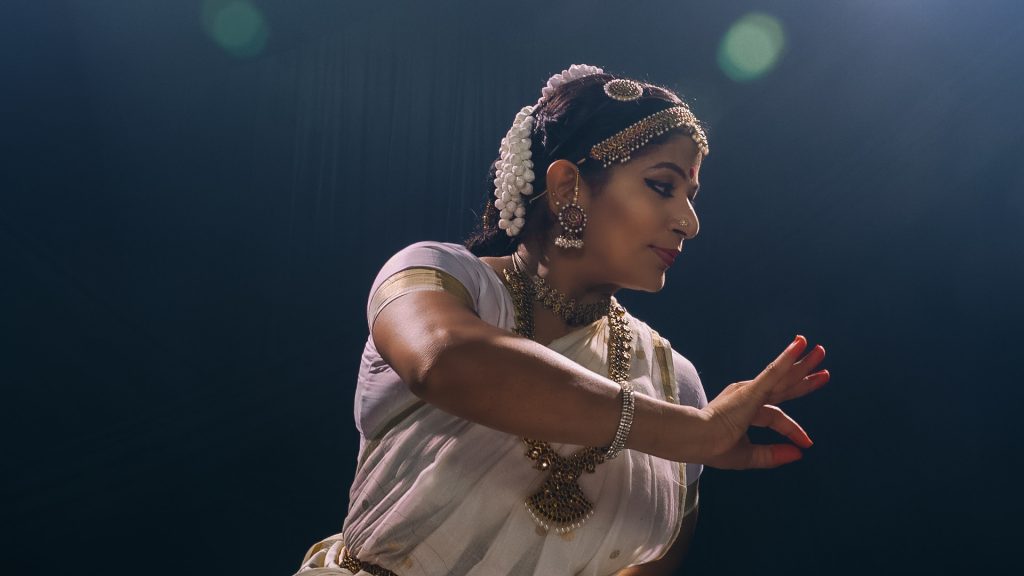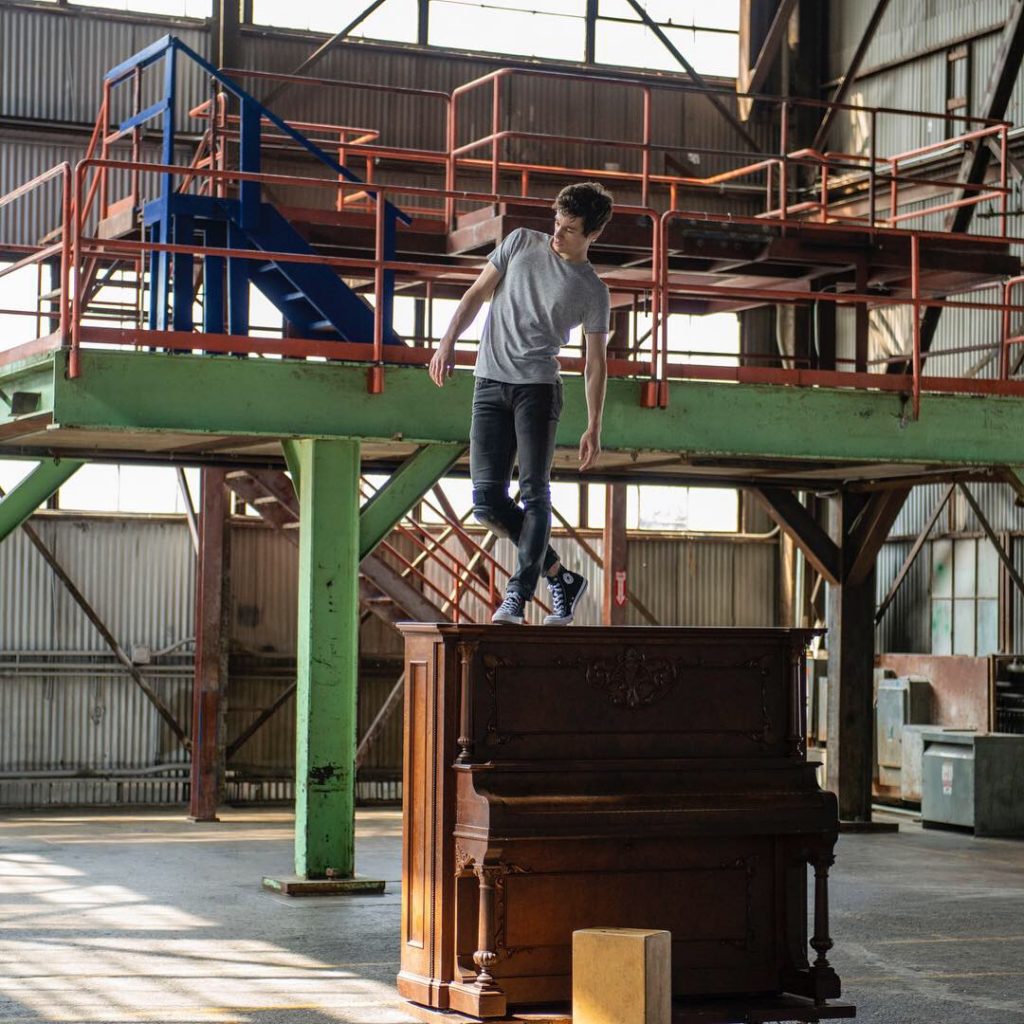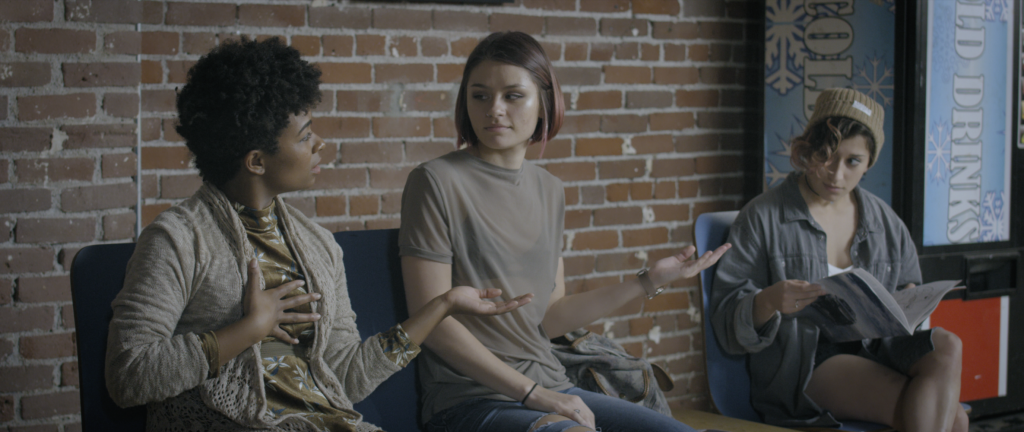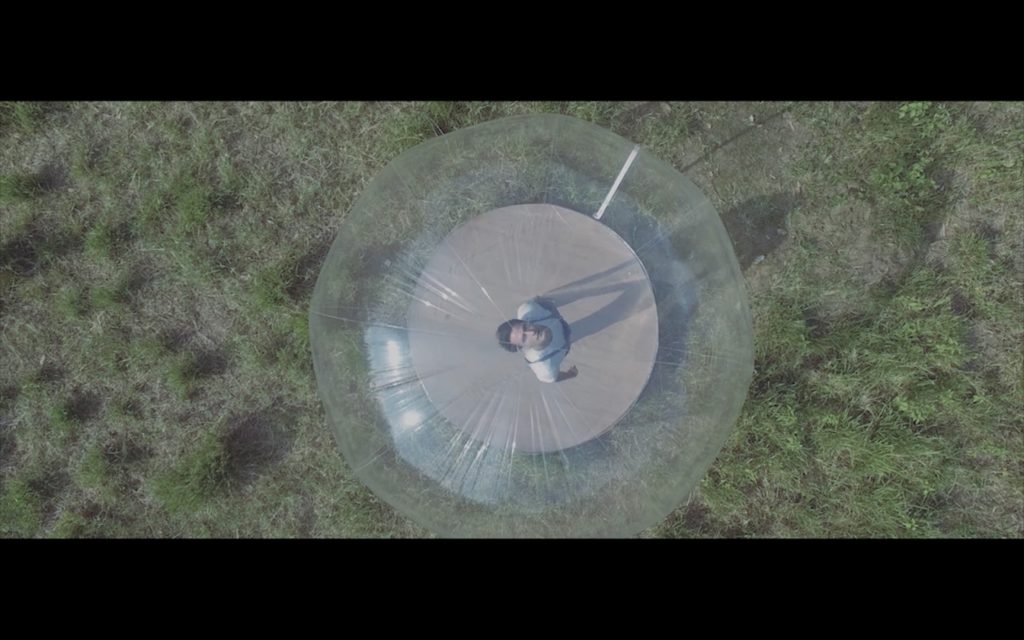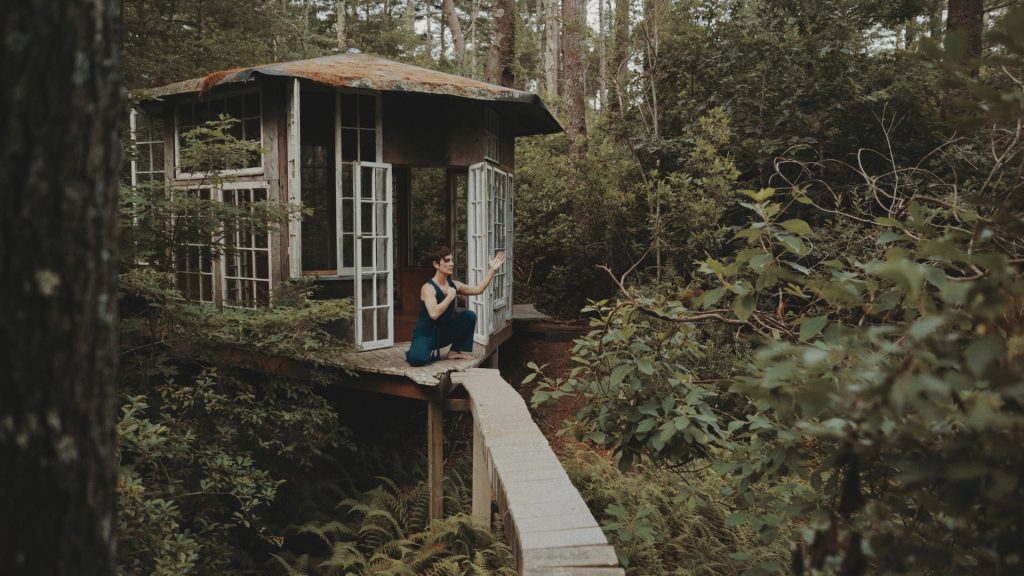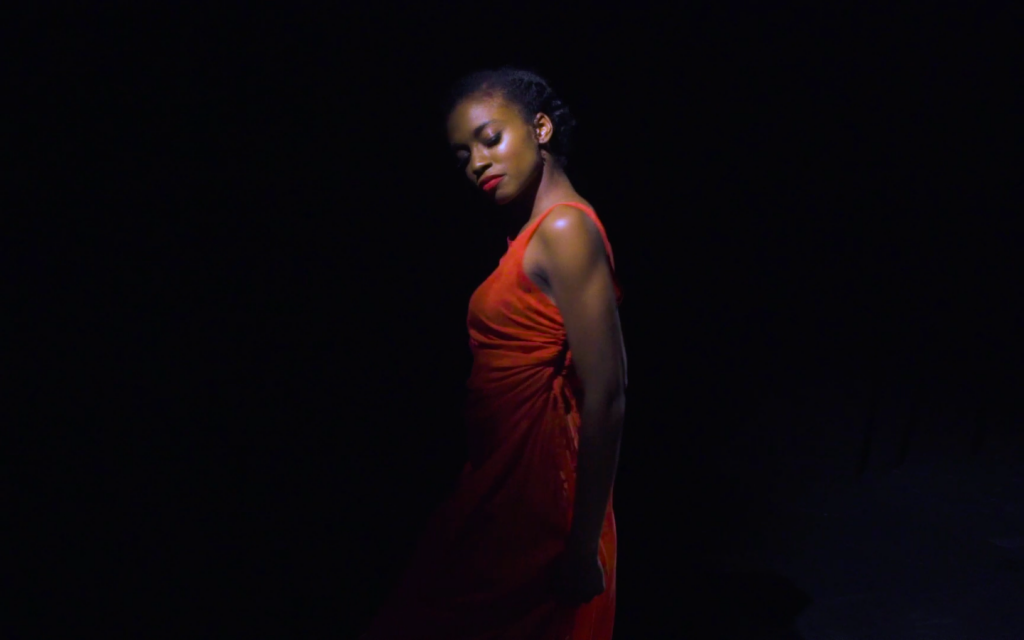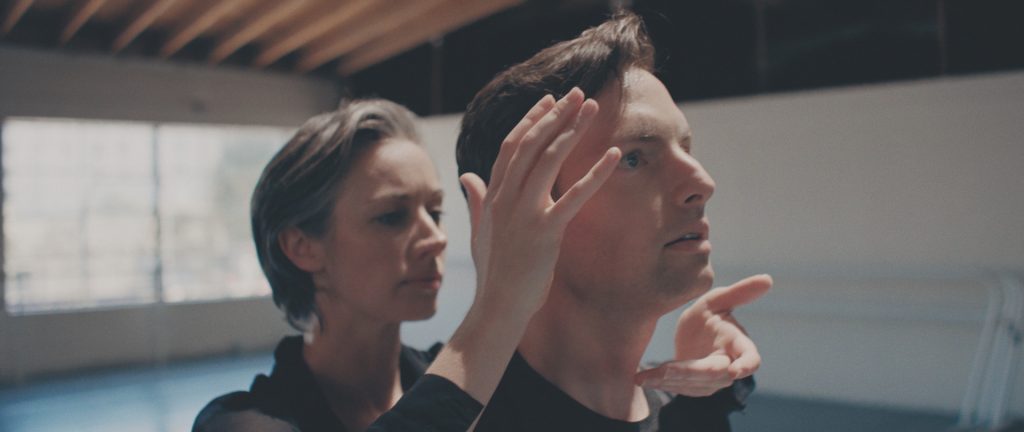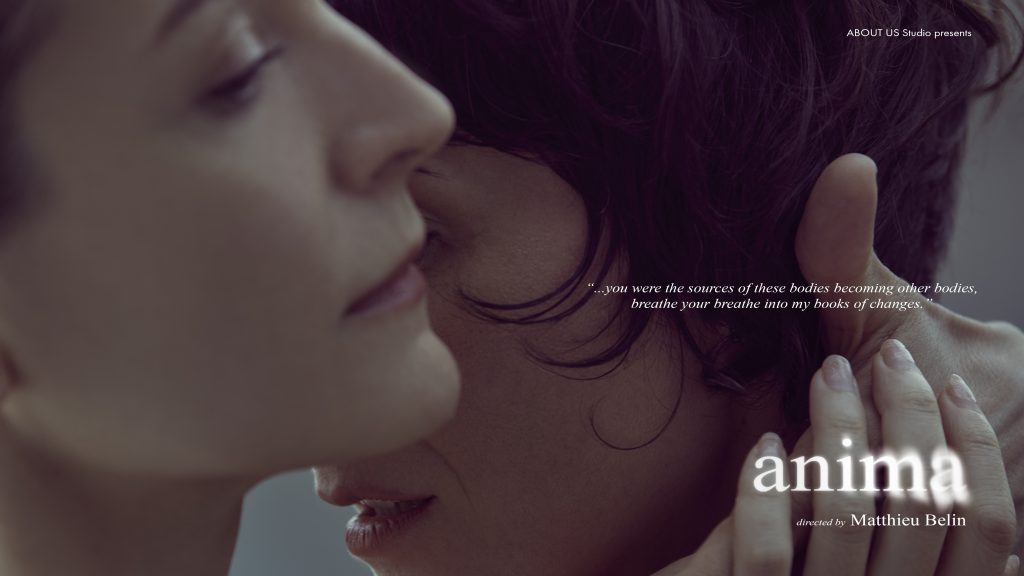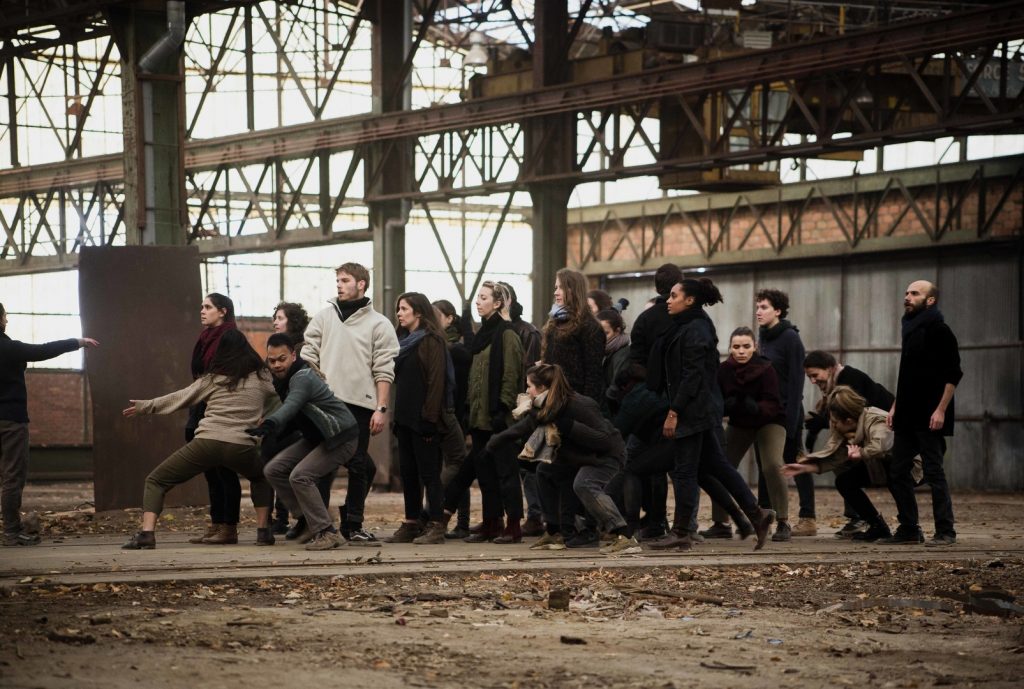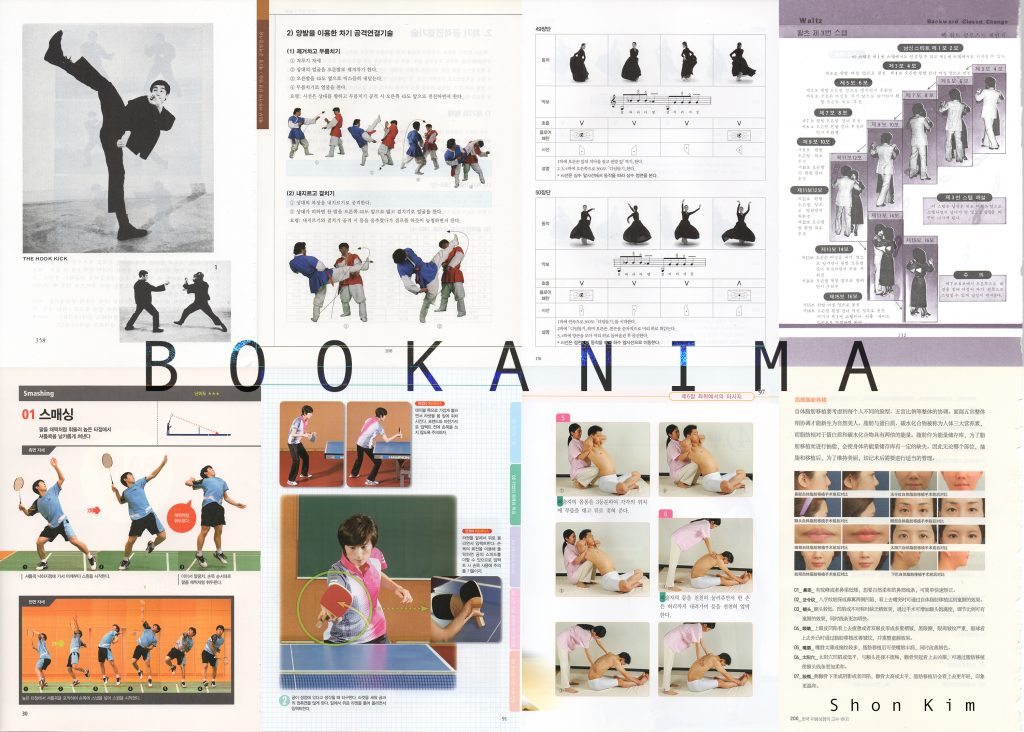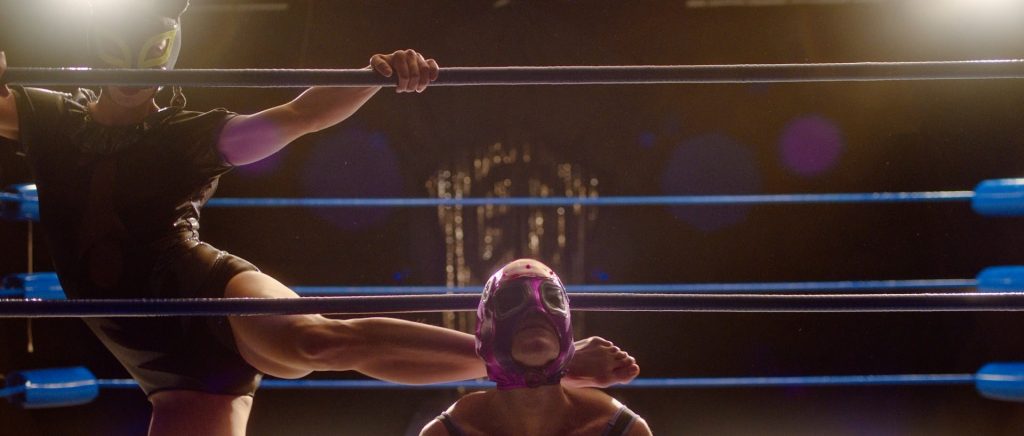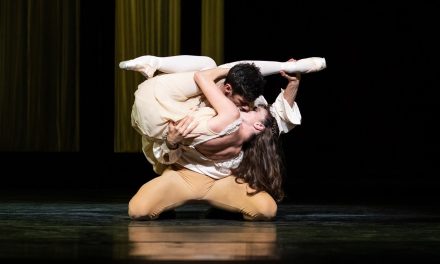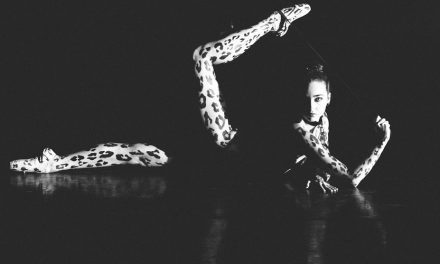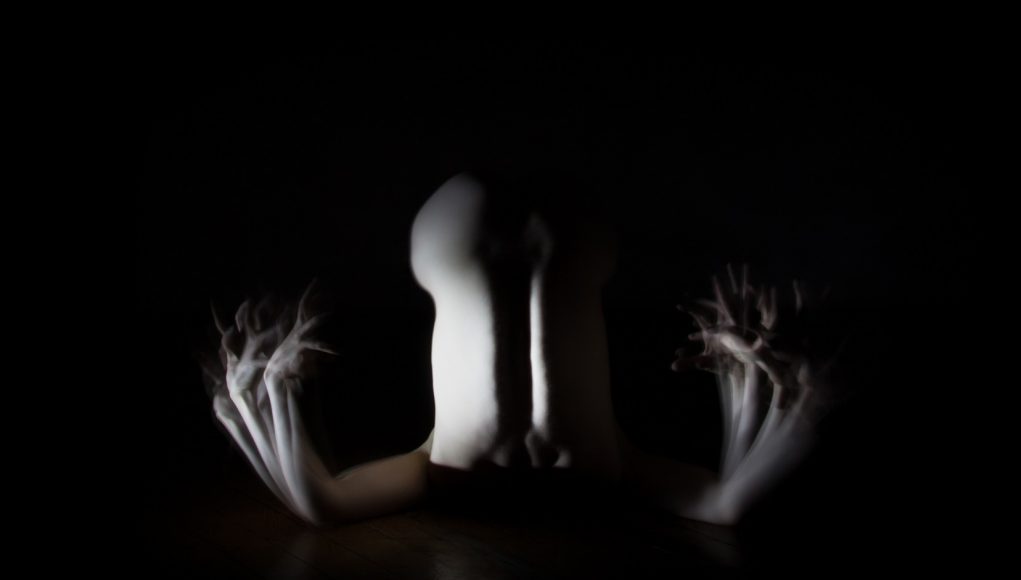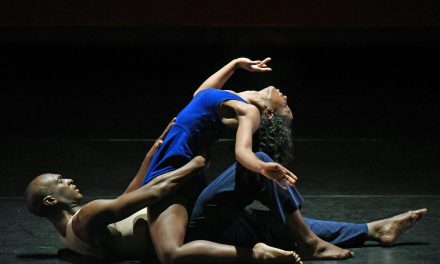The intersection between dance and film is a fascinating one that does not get the attention it deserves. There are a few festivals that spotlight this genre, but many of them are extremely competitive. Since 2017 founder and executive director Nicole Manoochehri has been curating the LA Dance Shorts Film Festival — a more inclusive competition allowing international filmmakers ample opportunity to showcase their work. This year, Olivia Mia Orozco joined her as the gala’s director. Together they presented fifteen shorts from which guest judge Sarah Elgart picked a surprising two winners whose work will be covered in ScreenDance Diaries, a bi-monthly column written by Elgart about dance films for Cultural Weekly.
The screening took place on June 29 at the MiMoDa Studio directly adjacent to the Paper or Plastik Cafe. Viewers brought in drinks and settled down for two and a half hours to watch a large projection of the flicks back-to-back. They were not just visually interesting due to creative choreography, but also included a variety of cinematographic tricks and angles that provided an alternative way to appreciate the movement. Some of the films were a little too long, others were less interesting or exciting, but the majority packed a real punch and expressed strong ideas.
Thematically, some of the films dealt with spirituality. Pilgrimage (directed by Marlene Millar from Canada) contained a religious undertone that saw a diverse group of people traveling together to an undisclosed place of worship. Their repetitive steps were paired with bisecting positions intensified by sharp switches in camera angles and accompanied by spoken rhythmic Turkish usul patterns. Another film that explored the soul was SOHAM — The Swan (Usha Rajeswari – India). The piece bridged the connection between East and West. Shot in romantic sepia tones, dancer Divya Devaguptapu began with Mikhail Fokine’s classic Dying Swan ballet and transitioned into her own lively Bharatanatyam choreography expressing the swan’s Indian meaning of “supreme consciousness, life and freedom.”
Other films, such as The Field (Holly Wilder – Brooklyn, NY), dove into self-discovery. Wilder’s work involved different voices in her head shadowing her with self-doubt. They manifested as people braiding rope into her hair with which they held her in place, preventing her from dancing until she cut them loose. Surprise Yourself (Jade Hale — Christofi – L.A.) was an even more powerful solo that showed a young man’s coming of age. Shot like a professional music video, the soloist’s movements were choreographed to a T, with backflips, knee slides and excellent prop work via a small jacket. E T A (Talia Shea Levin – L.A.) embraced empowerment as well, but through community. The premise was based around choreographer/performer Alexis Floyd’s character feeling isolated after missing the bus, before discovering solidarity with other women waiting alongside her at the station. A discouraging contrast was as·phyx·i·a·tion (Nadav Heyman – L.A.), which saw the protagonist trapped in a plastic bubble, unable to escape, and dancing with restrain as he struggled to adjust within his space.
When it came to visual tricks, Brute (Cass Mortimer Elipper – Australia), Between Silences (Rich Ferri – Dartmouth, MA), and Unspoken Words (Zoe Rappaport – L.A.) played heavily with camera illusions. Brute was reminiscent of an underground zombie video featuring a duet between a dominatrix-like character and her pulsing partner. Transitions were created by zooming in on one dancer before zooming out to reveal another, raising the camera to emphasize moments when the performers jumped, and an overall shaky vibe that mimicked the oscillating atmosphere surrounding the performers. Unspoken Words captured vibrations vividly as well, thanks to blurred camera effects that pulled apart the dancers’ every movements. Between Silences was very calm by comparison but focused on absence by showing soloist/choreographer Ali Kenner Brodsky disappearing and reappearing in different locations. Her displacement represented the disjointed feelings that come with navigating mourning and loss.
Relationships formed the basis of Particles (Matthew McKee – Santa Fe, NM) and Blind (Katariina Räty – Finland). McKee’s work was about a more mature couple using dance to emphasize the ebb, flow, and codependence which develops between couples. Räty’s movie showed different stages of fighting and irritability. Passive aggressiveness turned to depression, then became altercations that began leading to the pair’s demise.
The official winners were ANIMA (Matthieu Belin – China) and MASS (Fu LE, Adrien Gontier – France). Belin’s took place along the Shanghai skyline and presented improvisational movement with a dramatic flair. MASS symbolized the mounting problems of the world through one man’s attempts to escape a crowd of people, while hoping to help one of its standouts — a fellow outcast like himself. Elgart explained that these films were chosen for their cinematography and original concepts.
However, the two that made the biggest impressions on me were BOOKANIMA: Dance (Shon Kim – Korea) and Takakao Vs. Nine Lives (Lauren Wolkstein – Narberth, PA). The first used animation to bring instructional images from a booklet to life and overlaid them with interviews from dancers discussing their art form. The second was a crossover between ballet and wrestling that followed a mythological theme with feminist undertones. Both were unlike anything I’ve ever seen before on film and made me want more. Particularly Wolkstein’s piece, which incorporated quite a bit of humor while managing to tell a full, yet delightfully vague story.
Overall, the festival was an interesting look at a genre begging for more involvement. Hopefully LADSF expands significantly from here on out.
To learn more about LA Dance Shorts Film Festival, click here.
To learn more about MiMoDa Studio, click here.
Featured image: The Field by Holly Wilder – Photo courtesy of LADSF

